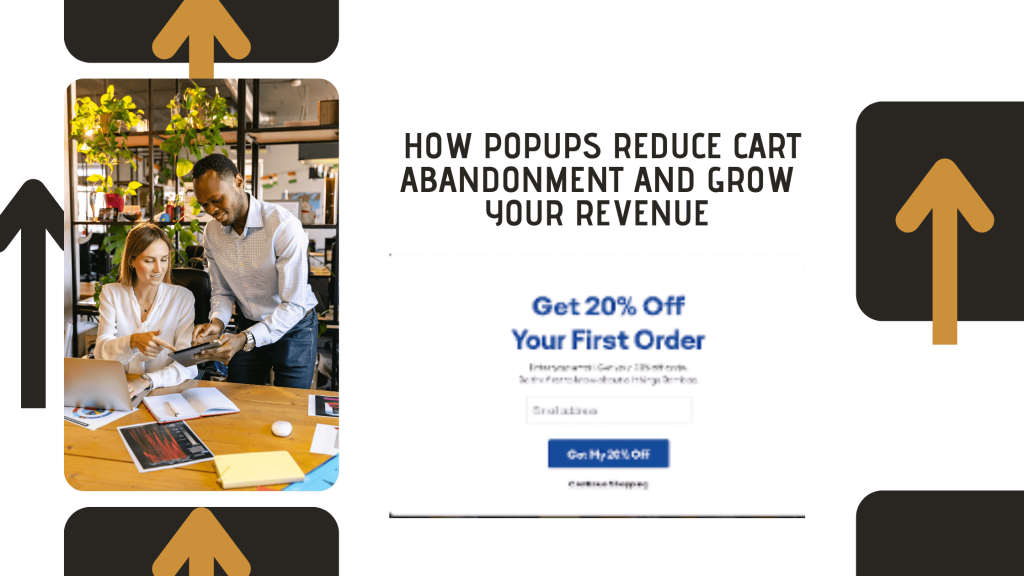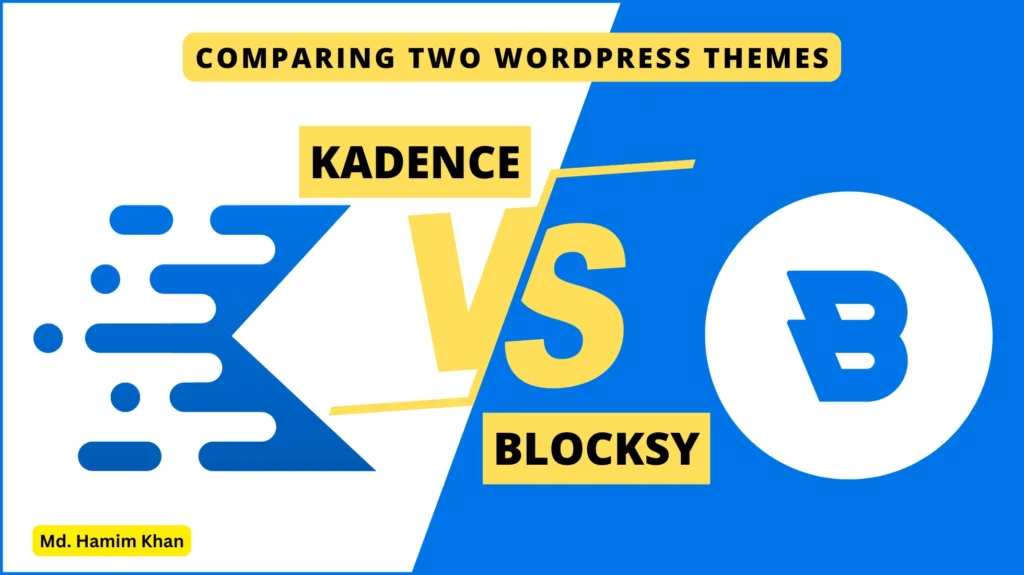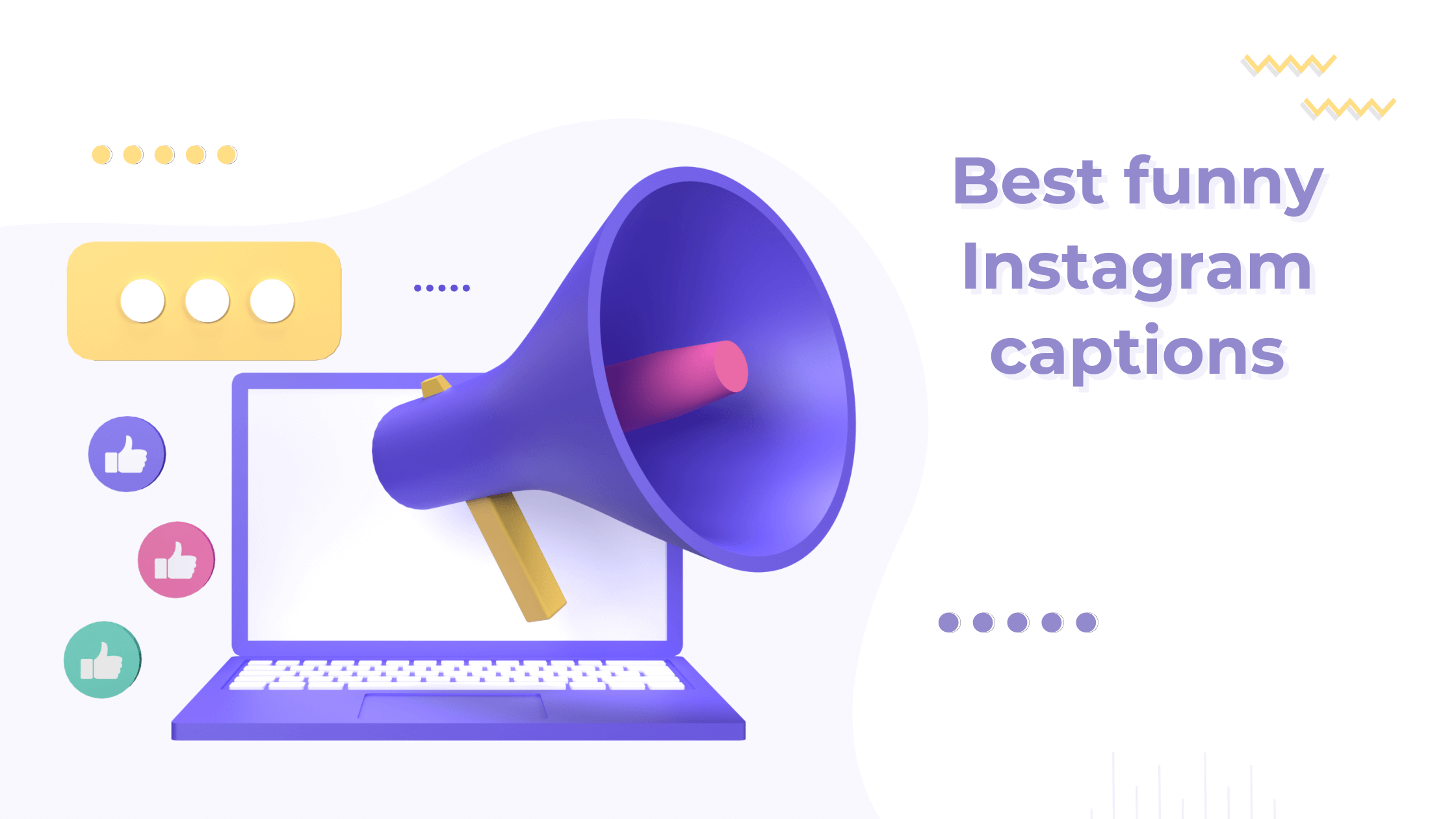Every online store owner knows the frustration of seeing customers add items to their cart only to vanish before completing the purchase. It’s one of the most painful moments in eCommerce, where potential revenue slips away in silence.
But what if you could bring those visitors back at the exact moment they’re about to leave? That’s where smart popups step in. With the right timing, design, and message, popups don’t just capture attention, they recover lost sales, re-engage distracted shoppers, and gently guide them to checkout.
In this article, you’ll discover how popups can turn abandoned carts into loyal customers and help your store grow its revenue effortlessly. So, without further ado, let’s dig deeper.
What Is Cart Abandonment?
Cart abandonment happens when a shopper adds products to their online shopping cart but leaves the website before completing the purchase. In simple terms, it’s when a customer shows interest but doesn’t follow through with buying.
This is one of the most common challenges for eCommerce stores and it can significantly impact revenue. Shoppers abandon their carts for many reasons, including unexpected costs (like shipping fees), complicated checkout processes, or simply getting distracted.
The Role of Popups in Customer Retention
Keeping customers engaged after their first purchase is just as important as attracting new ones. Popups can be a smart, non-intrusive way to remind shoppers of your value and keep them coming back for more.
Personalized offers that build loyalty
Popups let you target users based on their behavior and preferences, helping you display personalized discounts or product suggestions that strengthen customer relationships and encourage repeat visits.
Exit-intent popups to reduce churn
Exit-intent popups detect when a visitor is about to leave and trigger an irresistible offer or reminder, giving them a reason to stay or complete their purchase instead of abandoning their cart.
Encouraging email subscriptions
Popups are a great way to convert visitors into subscribers. By offering incentives like discounts or free shipping, you can grow your mailing list and keep customers engaged with future offers.
Promoting exclusive rewards and loyalty programs
Using popups to promote member-only deals, reward points, or referral bonuses helps make customers feel valued and encourages them to return regularly.
Gathering feedback for better experiences
Popups can also be used to collect quick feedback from customers after a purchase or visit. This helps improve the overall shopping experience and strengthens customer trust over time.
Types of Popups That Reduce Cart Abandonment
Not all popups are created equal — the right type can make the difference between a lost sale and a completed purchase. By using well-timed, goal-focused popups, you can guide hesitant shoppers toward checkout and reduce cart abandonment effectively.
1. Exit-intent popups
These popups appear when users are about to leave your site, giving you one last chance to offer a discount, reminder, or incentive to complete their purchase.
2. Discount or coupon popups
Everyone loves a deal. Offering a time-sensitive discount or promo code via a popup can convince shoppers to finalize their order instead of abandoning their cart.
3. Free shipping popups
High shipping costs are a top reason for cart abandonment. Popups that highlight free or discounted shipping can instantly remove that hesitation and motivate users to buy.
4. Countdown timer popups
Adding a sense of urgency through limited-time offers or countdown timers encourages shoppers to act fast, preventing them from delaying or abandoning their purchase.
5. Cart reminder popups
These popups gently remind customers about the items they’ve left in their cart and can include images, product details, or special offers to re-engage them before they leave.
How to Reduce Cart Abandonment and Grow Revenue Using Popups
Cart abandonment doesn’t just mean lost sales rather it’s a missed opportunity to re-engage customers who were already interested. With the right popup strategy, you can turn hesitation into action, recover abandoned carts, and boost your overall revenue effortlessly.
i. Trigger popups at the right time
Timing is crucial to ensure your popups feel helpful rather than intrusive. Exit-intent popups appear when the system detects that a visitor is about to leave, giving you a last opportunity to capture attention. Scroll-based popups trigger after a user has explored a certain portion of your page, signaling interest.
Time-delayed popups, which appear after a user spends a few minutes on your site, engage visitors who might be indecisive, keeping them focused on completing their purchase. By reaching users at the precise moment of hesitation, you significantly increase the chance of conversion.
ii. Offer exclusive discounts or free shipping
Shoppers often abandon carts due to perceived high costs. Popups offering exclusive discounts, promo codes, or free shipping can immediately remove this barrier. Limited-time discounts create a sense of urgency, while free shipping eliminates hidden costs that typically frustrate buyers at checkout.
By presenting these offers in a popup at the right moment, you can turn hesitant browsers into paying customers, making them feel rewarded and valued for acting quickly.
iii. Simplify the checkout process
Popups can guide users through a smooth checkout experience by addressing common pain points. For instance, a popup can remind shoppers that guest checkout is available, reducing friction for first-time buyers. It can also highlight saved payment information or auto-fill options to minimize effort.
Additionally, reassuring messages about data security or easy return policies within popups can build trust, reducing hesitation and cart abandonment during critical stages of purchase.
iv. Retarget abandoned carts with email popups
Popups can encourage visitors to share their email addresses before leaving, enabling you to retarget them later. For example, an exit-intent popup offering a 10% discount in exchange for their email can recover sales that would otherwise be lost.
Once you have their contact information, you can send personalized follow-up emails reminding them of the items left behind, offering incentives, or highlighting stock scarcity. This approach nurtures the lead and brings them back to complete the purchase.
v. Highlight social proof and urgency
Popups that show social proof like real-time notifications of recent purchases, product reviews, or popular items — can reassure visitors that they are making the right choice. Combining this with urgency signals, such as limited stock alerts or countdown timers for special offers, encourages immediate action.
By leveraging both trust and urgency, these popups reduce indecision and push customers to finalize their orders, ultimately boosting revenue.
Best Practices for Using Popups Strategically
Using popups effectively requires more than just showing them randomly. Strategic placement, timing, and messaging can make them a revenue booster rather than an annoyance.
When done right, popups can capture attention, reduce cart abandonment, and enhance the overall shopping experience.
Keep popups relevant and targeted
Ensure your popups are tailored to the visitor’s behavior and interests. Personalized messages based on browsing history, cart contents, or user location make popups feel helpful rather than intrusive, increasing the chances of conversion.
Use clear and compelling calls-to-action
Your popup should have a concise, persuasive call-to-action (CTA). Whether it’s “Claim Your Discount,” “Complete Your Purchase,” or “Subscribe for Free Shipping,” the CTA should clearly communicate the benefit and prompt immediate action.
Limit the frequency of popups
Showing too many popups can frustrate visitors and drive them away. Set limits so that users only see one or two popups per session, maintaining a balance between engagement and a smooth browsing experience.
Optimize for mobile devices
With a growing number of shoppers using smartphones, mobile-optimized popups are essential. Ensure they are responsive, easy to close, and don’t obstruct important content, providing a seamless experience across all devices.
Test and analyze performance
Regularly A/B test popup designs, messaging, timing, and offers to see what resonates best with your audience. Analyze metrics like click-through rates, conversions, and cart recovery to refine your strategy and maximize ROI.
Final Thoughts
Cart abandonment doesn’t have to mean lost revenue. By using popups strategically, you can re-engage hesitant shoppers, provide timely incentives, and guide them smoothly to checkout.
When popups are personalized, well-timed, and value-driven, they not only recover abandoned carts but also build customer loyalty, grow your email list, and boost long-term revenue. The key is to use them thoughtfully, balancing engagement with user experience to turn missed opportunities into consistent sales.
Frequently Asked Questions (FAQs)
What is a cart abandonment popup?
A cart abandonment popup is a message that appears when a shopper is about to leave your site without completing their purchase. It usually offers discounts, free shipping, or reminders to encourage checkout.
How do popups help reduce cart abandonment?
Popups grab the attention of hesitant buyers, provide incentives, and guide them through the checkout process. Timely popups can recover abandoned carts and increase conversions.
When should I show popups to users?
Popups work best when triggered at exit-intent, after a user has spent time on your site, or when they scroll through specific pages. Timing them strategically maximizes effectiveness.
What types of popups are most effective for boosting revenue?
Exit-intent popups, discount or coupon popups, free shipping notifications, countdown timers, and cart reminders are highly effective in converting hesitant visitors into buyers.
Can popups annoy customers and hurt sales?
If overused or irrelevant, popups can frustrate users. The key is to use them sparingly, personalize messages, and optimize for timing and mobile devices to ensure a positive experience.
How can I measure the effectiveness of popups?
Track metrics like popup click-through rates, conversion rates, recovered carts, and overall revenue impact. A/B testing different designs, offers, and triggers helps identify what works best.


